Shipping Study of the Pentland Firth and Orkney Waters
A study of shipping activity to better inform the marine spatial plan pilot for the Pentland Firth and Orkney Waters Strategic Area. The aim of this process is to ensure there is good knowledge of the
use of these waters by all stakeholders so that futur
8. Recreational Vessel activity Analysis
8.1 Introduction
After the taking stock exercise and analysis of the questionnaire responses, the following further actions were taken to finalise the characterisation of recreational vessel activity:
- AIS track analysis
- Further analysis of marina data
- Detailed review / critique of RYA Coastal Atlas routes
- Local workshops (Orkney and Caithness)
- Further consultation with experts
- Definition of 90% lanes
Details of these tasks and the final outcomes are presented in the following subsections.
8.2 AIS Data and Marina Comparison
As discussed in Section 7.2, carriage of AIS is not mandatory on recreational vessels. However, a growing proportion of recreational vessels carry AIS voluntarily. One reason for this is that it increases their visibility to other shipping.
The 28 days summer 2012 data contained a relatively high number of recreational vessel tracks, whereas the winter data had much fewer tracks. This reflects the seasonal variations identified in the questionnaire feedback (see Section 6).
To enhance the usefulness of the AIS survey data for recreational vessels, additional data for summer 2012 and summer 2011 were accessed. Overall, this provided approximately 5 months of AIS data, four months of which was during summer (May to August).
By cross-checking marina visitor data for summer 2011 with AIS data for the same period, it was estimated what proportion of recreational vessels were broadcasting on AIS. The results are illustrated in Figure 8.1.
Overall, 17% of recreational vessels visiting the local marinas were on AIS. This is likely to be an upper limit as local vessels based on anchorages, may not appear in the marina lists and are considered less likely to carry AIS. This is partly compensated by the fact that a proportion of the recreational vessels included in the AIS track analysis were tall ships which are too large to call at the marinas.
The percentage of vessels calling at marinas and carrying AIS is presented by length category in Figure 8.2 (excluding Scrabster which does not record vessel length). This indicates that smaller recreational vessels (below 10m) are less likely to carry AIS whilst larger vessels (10m+) are more likely to carry AIS.
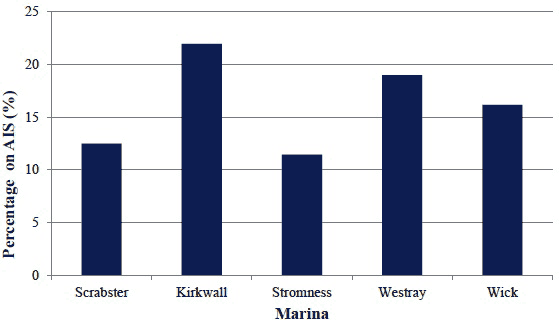
Figure 8.1 Percentage of Recreational Vessel Visitors Broadcasting on AIS
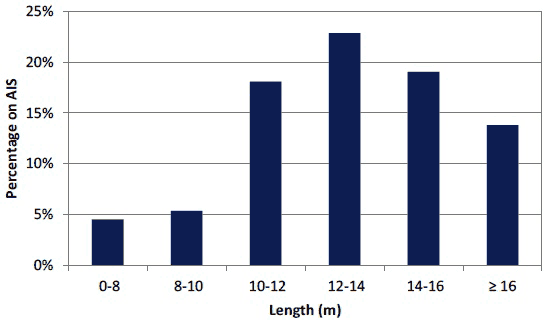
Figure 8.2 Percentage of Vessels Broadcasting on AIS by Length Category
8.3 AIS Activity Analysis and Comparison with RYA Coastal Atlas
This section presents analysis of the extended AIS survey data for recreational vessels. When reviewing the plots, the limitations identified above, i.e., that AIS only cover about one in six recreational vessels, and this is weighted towards larger vessels, should be kept in mind.
Figure 8.3 presents a combined plot of all the recreational vessel tracks colour-coded by length. A density plot of the recreational vessels is presented in Figure 8.4.
Following this, Figure 8.5 to Figure 8.10 present more detailed charts of the AIS tracks overlaid with the RYA Coastal Atlas indicative cruising routes in different parts of the Strategic Area.
From visual inspection of the figures, it is clear that the vast majority of the PFOW area is used by recreational users. Key routes are present to and from all major marinas and ports in the area as well as commonly used bays and anchorages. Other minor routes that are used frequently by recreational users are also illustrated. However, the overriding theme throughout all the figures is the highly variable nature of routes taken by recreational users throughout the PFOW area.
A number of discrepancies are noticeable between the RYA suggested routes and the AIS data. These are discussed further in Section 8.5.4.
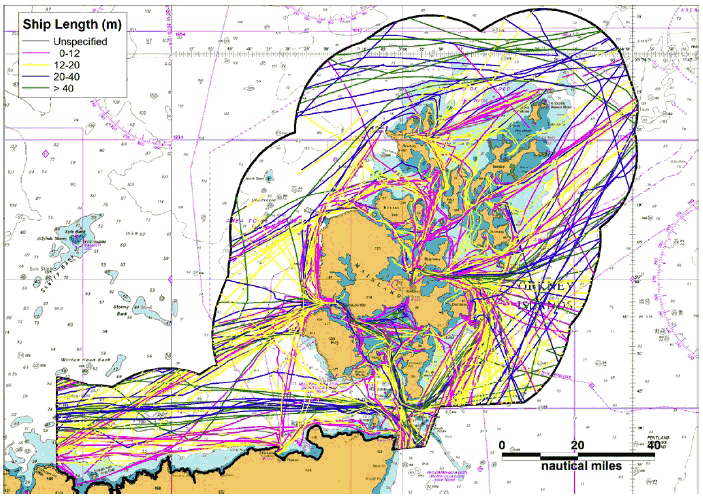
Figure 8.3 Overview of Recreational Vessel Tracks by Length (based on AIS data)
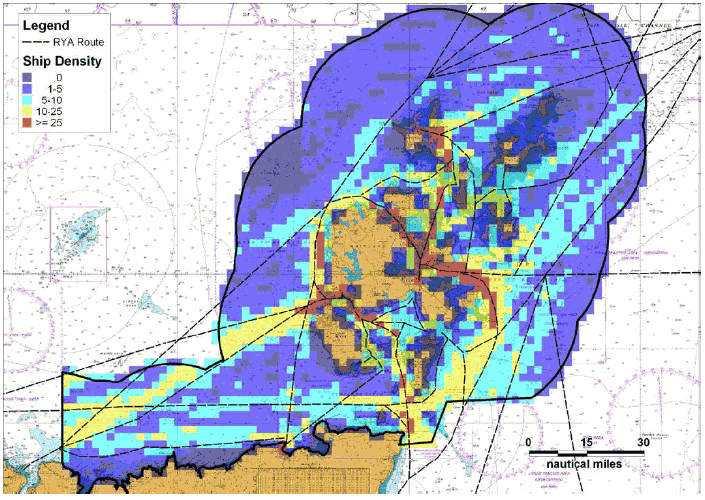
Figure 8.4 Recreational Vessel Density Plot (based on AIS data)
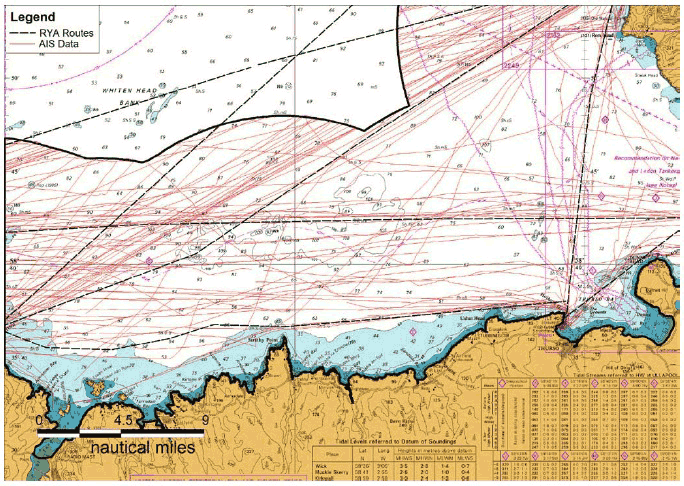
Figure 8.5 Recreational Vessel Tracks versus RYA - Northwest Scotland
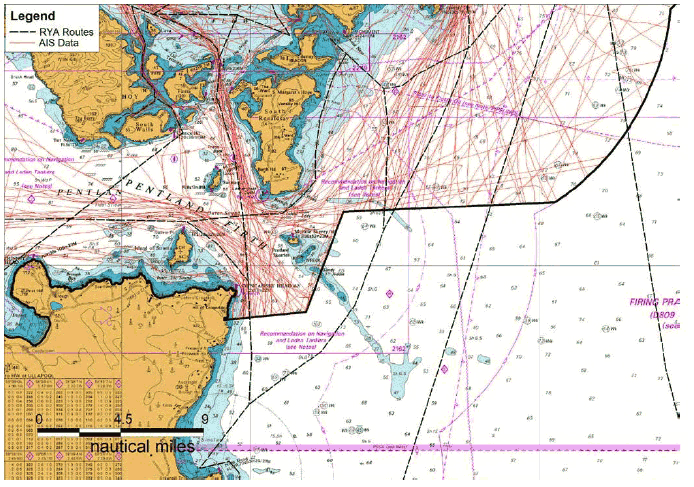
Figure 8.6 Recreational Vessel Tracks versus RYA - Pentland Firth
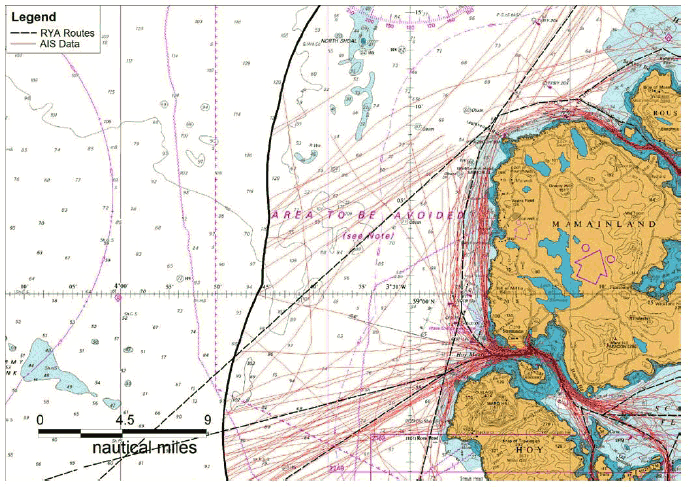
Figure 8.7 Recreational Vessel Tracks versus RYA - Hoy and West Coast of Mainland
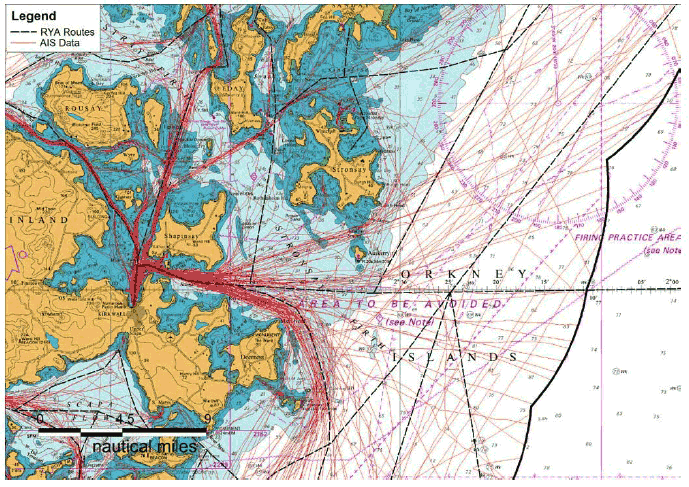
Figure 8.8 Recreational Vessel Tracks versus RYA - Kirkwall
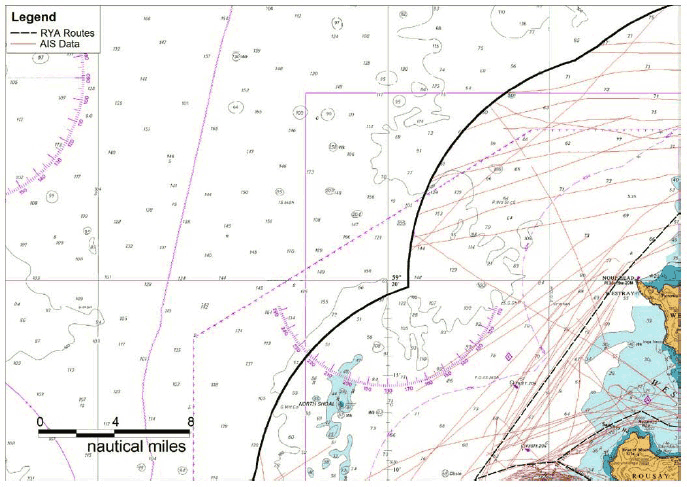
Figure 8.9 Recreational Vessel Tracks versus RYA - Northwest Orkney
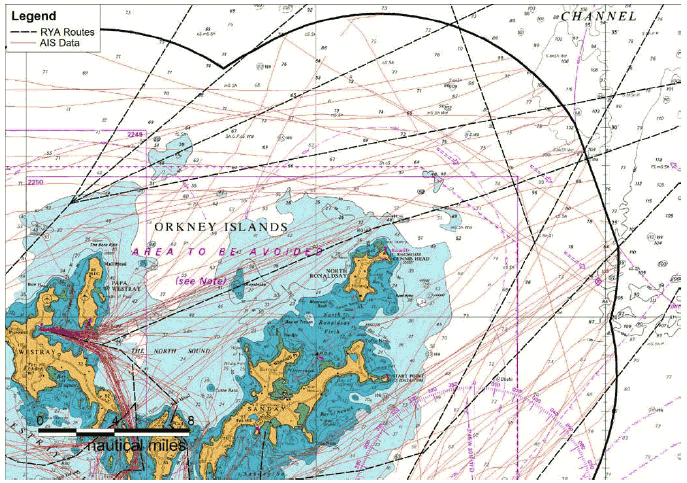
Figure 8.10 Recreational Vessel Tracks versus RYA - Orkney Islands
Workshops were held at the OIC Marine Services Harbour Authority Building in Scapa, Orkney on 3 rd July and at Scrabster Harbour on 4 th July 2012 to discuss recreational vessel routeing with local stakeholders.
Marine Scotland, RYA Scotland and Anatec attended both meetings. Invitations were sent to all the respondents to the questionnaire. Attendance numbers on the day were low, but those who attended each meeting were able to provide a great deal of local knowledge and experience covering the entire PFOW Strategic Area.
At each meeting, the literature review, marina data and questionnaire responses were presented to provide background information. Following this, the AIS tracks were presented overlaid with the RYA Coastal Atlas tracks and nautical charts. This was carried out in a GIS to allow zooming in on specific areas of interest during the discussion. The limitations of AIS were discussed, i.e., minority of vessels with a tendency towards larger vessels, therefore, a key focus of the meetings was to obtain local feedback on routes favoured by smaller vessels.
Where the AIS data differed from the RYA track, the local experts were asked which matched their experience or whether there were in fact alternative routes.
Specific changes required to the RYA Coastal Atlas identified at the meetings were as follows:
- Inner Sound, south of Stroma, transiting east-west
- Eynhallow, south of
- Cantick Head to Duncansby Head crossing Pentland Firth
- South Ronaldsay inside Lother Rock
- West of Orkney mainland, inside Billia Croo test site
- Copinsay Pass, inside Copinsay
A plot of these suggested amendments is presented in Figure 8.11. Most of these were verified by the AIS tracks, although in the case of (3) and (6), there were only a handful of AIS tracks. This suggests these routes may be more commonly used by smaller recreational craft with local knowledge, which are not fitted with AIS. (This may also be the case with other routes that are not evident from the AIS data.)
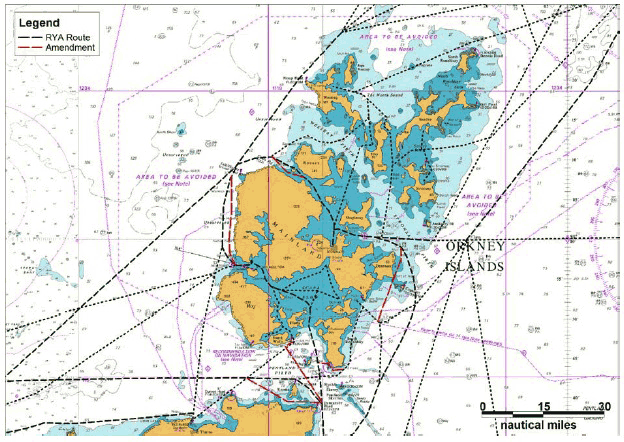
Figure 8.11 Amendments identified to RYA Coastal Atlas Routes
Generally, it was agreed that the AIS tracks provided helpful new information on where recreational vessels go. Unlike the RYA routes, they also demonstrate the diversity of vessel tracks chosen by masters, which vary due to weather, tide, time available, individual preference, etc.
8.5.1 Introduction
From the discussions and research, it was agreed that it would be useful to characterise recreational vessel routes as lanes rather than centre-lines, with the widths of the lanes based on analysis of the lateral distribution of the tracks using the route.
The lane analysis was based on the 90% lane width which has been adopted in many traffic analyses studies for offshore wind farms in the UK, following publication of the MCA Offshore Windfarm Shipping Route Template (Ref. [xi]). The 90% boundary is illustrated in Figure 8.12.
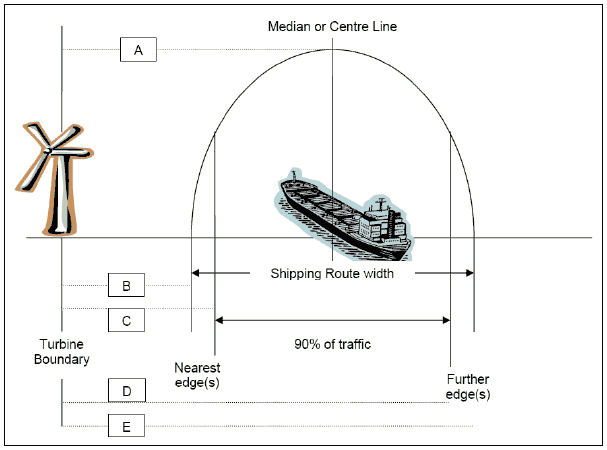
Figure 8.12 Potential Shipping Lane Boundaries, including 90% Width
A - Turbine boundary to the shipping route median or centre line
B - Turbine boundary to nearest shipping route edge
C - Turbine boundary to nearest shipping 90% traffic level *
D - Turbine boundary to further shipping 90% traffic level *
E - Turbine boundary to further shipping route edge
( * - or another percentage to be determined)
8.5.2 Methodology
The recreational vessel tracks on identified routes were grouped and analysed to estimate the 90% lane widths, i.e., the width within which 90% of the traffic passes on that route.
Reference points along the route were defined by taking points approximately equidistant along the route and where the route was at its widest point, and the closest point of approach (CPA) of each track to the reference point was calculated. An example of the reference points used for the route between Kirkwall and Eynhallow Sound is presented in Figure 8.13.
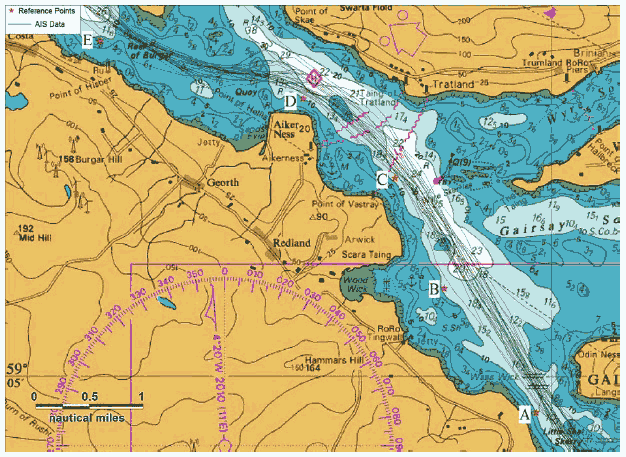
Figure 8.13 Reference Points adjacent to Tracks
The resultant CPA distributions for four of the reference locations (Points A-D) are presented below. It can be seen that for most of the points the traffic conforms reasonably closely to a bell-shaped (normal) distribution.
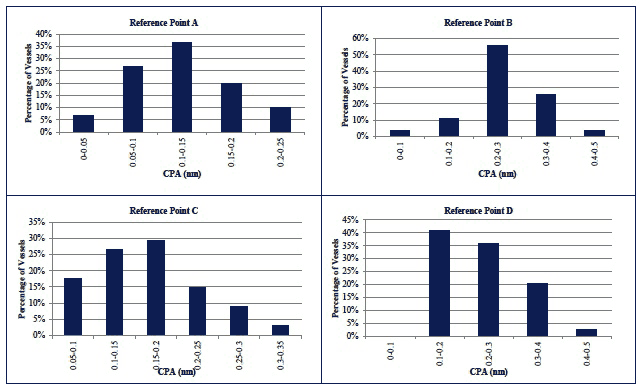
Figure 8.14 Track Closest Points of Approach (CPA) to selected Reference Points
The table below summarises the results of the lane width analysis for the route.
Table 8.1 Lane Analysis for Kirkwall-Eynhallow
| Parameter | Reference Point | ||||
|---|---|---|---|---|---|
| A | B | C | D | E | |
| Min and Max CPA (mid-90%) |
0.06-0.21 | 0.17-0.38 | 0.03-0.22 | 0.05-0.28 | 0.14-0.27 |
| 90% Width | 0.14 | 0.21 | 0.19 | 0.24 | 0.13 |
Therefore, the width of the lane increases slightly from southeast to northwest before narrowing again for the passage south of Eynhallow Sound.
A plot of the 90% lane boundaries overlaid on the survey tracks using this route is presented in Figure 8.15.

Figure 8.15 Kirkwall-Eynhallow Recreational 90% Lane Boundaries
A similar methodology was used to identify the lane boundaries encompassing 90% of the traffic for other key routes, including:
- Longhope to Stromness
- Loch Eriboll to Stromness
- Inner Sound of Pentland Firth
- Sound of Hoxa to Stromness
- Shapinsay Sound
- Hoy Mouth to Eynhallow Sound
Elsewhere, due to inconsistency in AIS tracking, it was necessary to use visual inspection of the AIS data to identify routes and estimate the lane boundaries, extrapolating in some cases.
8.5.3 Lane Boundaries
Figure 8.16 presents the estimated lane boundaries for recreational routes identified in the PFOW overlaid on the AIS tracks and the RYA routes (with amendments identified in Section 8.4).
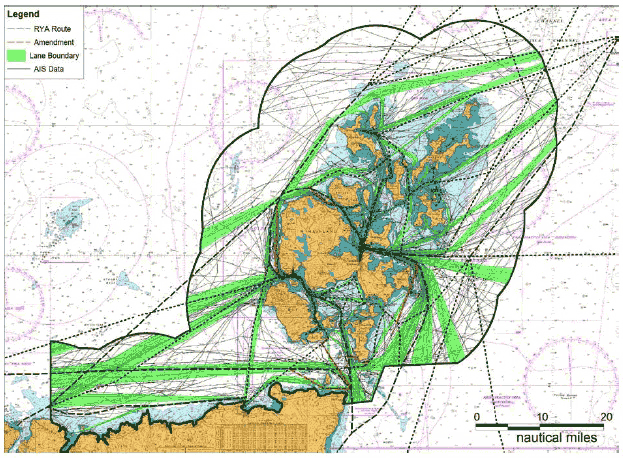
Figure 8.16 PFOW Recreational Lane Boundaries overlaid on AIS Tracks and RYA Routes (with Amendments)
It should be noted that the traffic using each lane varies. Recognising that the AIS data only represents a minority of vessels, it was not considered appropriate to assign weightings to the different lanes. In general, the busier areas tended to be in the approaches to Kirkwall and Stromness. The density map presented in Figure 8.4 gives an indication of the relative density of recreational traffic on AIS within the PFOW Strategic Area.
8.5.4 Lane Discussion and Comparison with RYA Coastal Atlas
More detailed charts of the lane boundaries are presented below (working from southwest to northeast), overlaid with the RYA Coastal Atlas routes and the AIS survey tracks for ease of comparison. Comments are given below each chart.
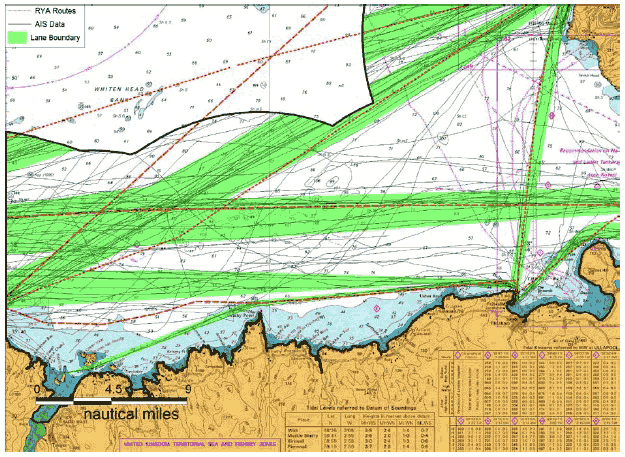
Figure 8.17 Northwest Scotland Recreational Routes and Lane Boundaries
There is generally good agreement between the difference sources in this area.
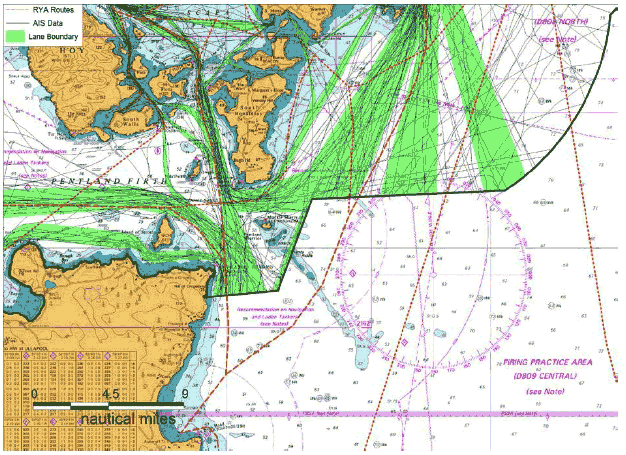
Figure 8.18 Pentland Firth Recreational Routes and Lane Boundaries
There is generally good agreement with the main differences to the RYA routes noted below:
- Addition of an east/west transit route through the Inner Sound, south of the Island of Stroma in the Pentland Firth.
- Addition of a route between Flotta and Switha [42] .
- Addition of a route between Cantick Head and Duncansby (identified in consultation).
- RYA have extra route from Cantick to Scrabster
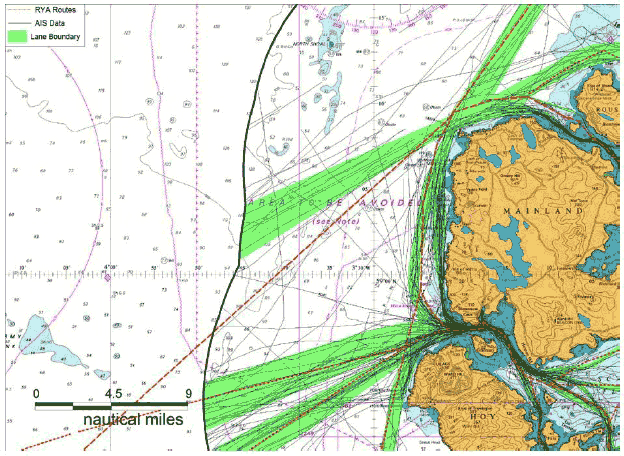
Figure 8.19 Hoy and West Coast of Mainland Orkney Recreational Routes and Lane Boundaries
Overall there is good agreement on the main recreational routes. Differences include:
- Addition of a north/south transit route to the east of the Billia Croo wave energy test site.
- Addition of the passage south of Eynhallow when transiting Eynhallow Sound.
- Addition of a more direct route between Cape Wrath and Brough Head.
- RYA have extra route from Loch Eriboll to Brough Head.
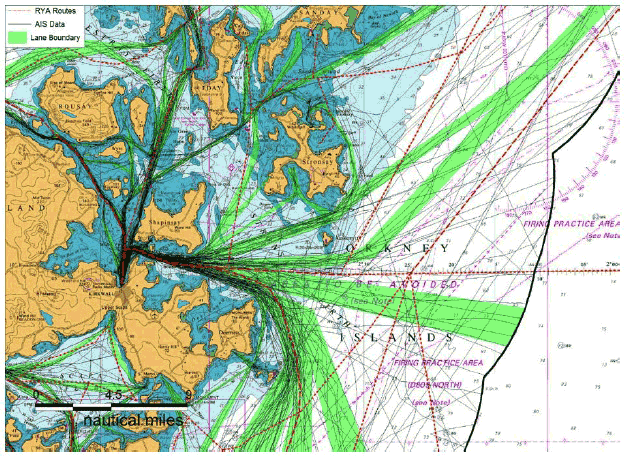
Figure 8.20 Kirkwall Recreational Routes and Lane Boundaries
There is a general agreement between recreational routes in most of this area. The differences between the lanes and the RYA indicative routes are summarised below:
- Addition of two distinct routes around Grass Holm [43] . One to the east passing Shapinsay and one to the west passing Gairsay.
- Addition of a route from Kirkwall passing to the west of West Skerries and Puldrite Skerry [44] .
- Addition of an east / west route transiting Gairsay Sound.
- Addition of an east / west route transiting Wyre Sound.
- Addition of a north / south route transiting Rousay Sound.
- Additional of an east / west route passing between Auskerry [45] and Stronsay.
- Addition of routes to and from Bay of Holland [46] .
- Addition of route transiting Copinsay Pass.
- Addition of a route from Galt Ness [47] to southeast tip of Eday.
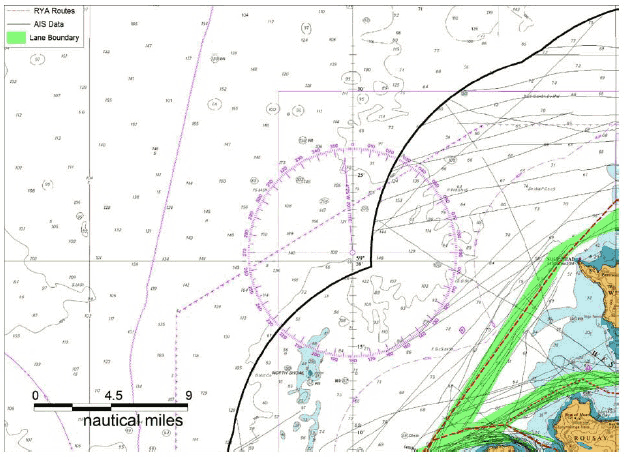
Figure 8.21 Northwest Orkney Recreational Routes and Lane Boundaries
There is good agreement between the lanes and RYA indicative routes in this area.
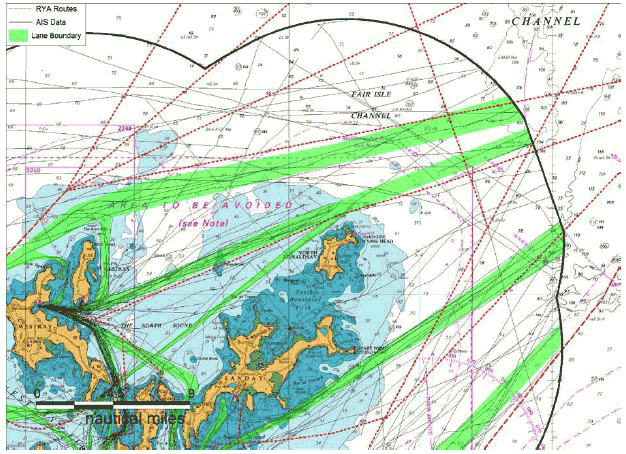
Figure 8.22 Northern Orkney Islands Recreational Routes and Lane Boundaries
It is noted the AIS tracks are sparser in this area, which corresponds with the marina analysis which showed Westray had fewer visitors than Kirkwall and Stromness.
There is reasonable agreement between the routes with the main differences being:
- Addition of route passing between Sanday and Calf of Eday [48] .
- Route from Fersness Bay [49] to Pierowall passes closer to coast of Faray and Westray.
- Addition of route passing between Rusk Holm [50] and Faray.
- Addition of route transiting across the North Sound from Weatherness Sound [51] to North Ronaldsay.
- Addition of route transiting Papa Sound.
- Addition of north/south route transiting Westray Firth (West of Rusk Holm).
8.6 Anchorages
Anchorages used by recreational vessels are plotted in Figure 8.23, with their locations indicated by red dots. These were identified from a combination of the following sources:
- RYA Coastal Atlas
- Clyde Cruising Club Sailing Directions
- Questionnaire Responses
- Cruising Association Survey
- Local Workshops
- Other Consultation
It should be noted that other anchorages are used though less frequently.
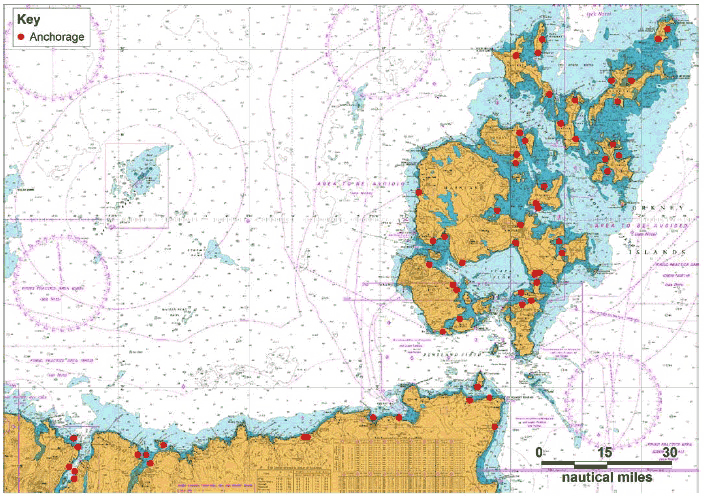
Contact
There is a problem
Thanks for your feedback